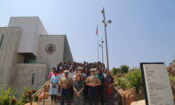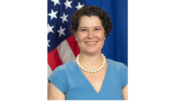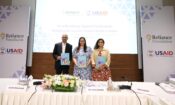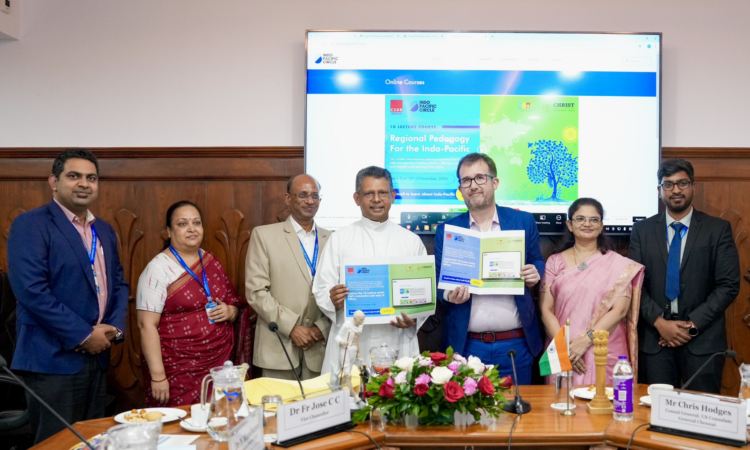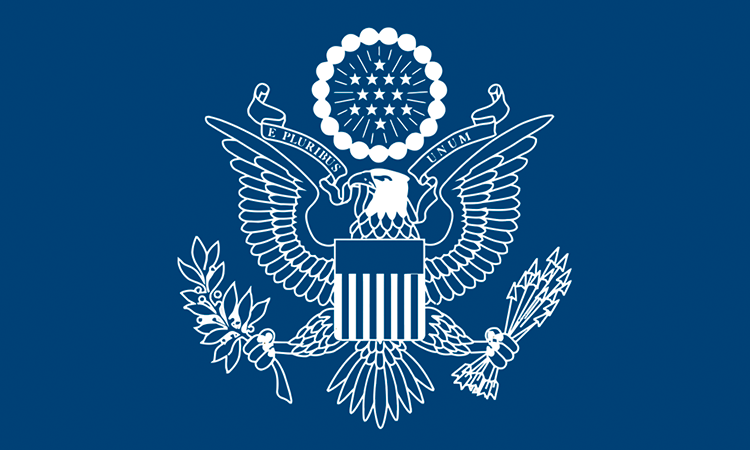As prepared for delivery
February 24, 2023
A very good afternoon to distinguished guests, friends, partners, and colleagues on behalf of the U.S. Consulate General Kolkata. We are excited to join this event and honored to share the rich story of Arunachal Pradesh.
It is my privilege to welcome you and introduce the incredible results of this key project that is supported by the U.S. Ambassadors Fund for Cultural Preservation. This significant project is called the “Conservation of Intangible Heritage: A Documentation of 3000-Year-Old Cultural and Lifestyle Traditions of 17 Indigenous Tribes in the state of Arunachal Pradesh”. Through intensive workshops and field visits, this project documented the living traditions of 17 indigenous communities, leading to the production of 17 films, a website, and a coffee table book titled “The Arunachalis: Living with Nature” — all of which tell remarkable and previously untold stories, and which will serve as important resources for continued research and preservation. I am delighted to be able to come here to release this book today that will serve as a crucial resource for the future of the region.
For me, it is a reminder of how indigenous people have the knowledge and practices needed to implement and scale-up climate action and solve many other contemporary issues. Through generations of close interactions with the environment, indigenous people safeguard an estimated 80 percent of the world’s remaining biodiversity. The living practices of the different tribes that we will see in the book today – the farming tools, fishing nets, unique tea cultivation methods, handwoven textiles, cooking hearths, and bamboo and cane crafts – are examples of how we could reorient the way we interact with nature.
Since 2001, The Ambassador’s Fund for Cultural Preservation has supported projects like this one to preserve a wide range of cultural heritage in more than 100 countries, including historic buildings, archaeological sites, ethnographic objects, paintings, manuscripts, indigenous languages, and other forms of traditional cultural expression.
In India alone, the Ambassador’s Fund has supported 21 projects with funding totaling over $2 million. Each of these projects, in India and around the world, help countries preserve their cultural heritage and demonstrate the United States’ deep respect for different cultures around the world and our ongoing commitment to cultural preservation.
The Ambassador’s Fund projects in India and around the globe celebrate diversity and inclusion through highlighting the work of marginalized communities; combine conservation with environmental protection; and incorporate socio-economic development through working with local craftsmen, communities, and stakeholders.
As the U.S. and India celebrate a Comprehensive Global Strategic Partnership, it is fitting and important to recognize that the cultural diversity and knowledge of indigenous people are bringing innovative experiences and new business opportunities to tourist destinations, which contributes to our global recovery from the COVID-19 pandemic. This afternoon we are grateful for the opportunity to proudly celebrate the indigenous people of Arunachal Pradesh, a state that offers a treasure trove of ethnic diversity, long-held traditions, and natural beauty, in the remotest but very important part of Northeast India.
This project’s work also attracted other supporters. I learned that during the documentation process and field visits, Google Art and Culture partnered to publish stories about the unique textiles of Arunachal Pradesh on National Handloom Day, and about its rich biodiversity on the International Day of World’s Indigenous People.
Responsible tourism and new technologies provide wonderful opportunities to learn about carbon-free lifestyles and engage with those who preserve traditions that are sustainable at their roots. Local communities that have been marginalized are now developing a sense of pride and commitment to maintaining their unique and intangible cultural heritage. The 2022 International Council on Monuments and Sites Culture and Nature Prize, which was formally announced on October 22, conferred a special mention on this project. We hope the results and attention to this important project will continue to empower indigenous communities and strengthen community-led cultural tourism in Arunachal Pradesh.
Thank you, and I hope you all enjoy today’s event and read this book.





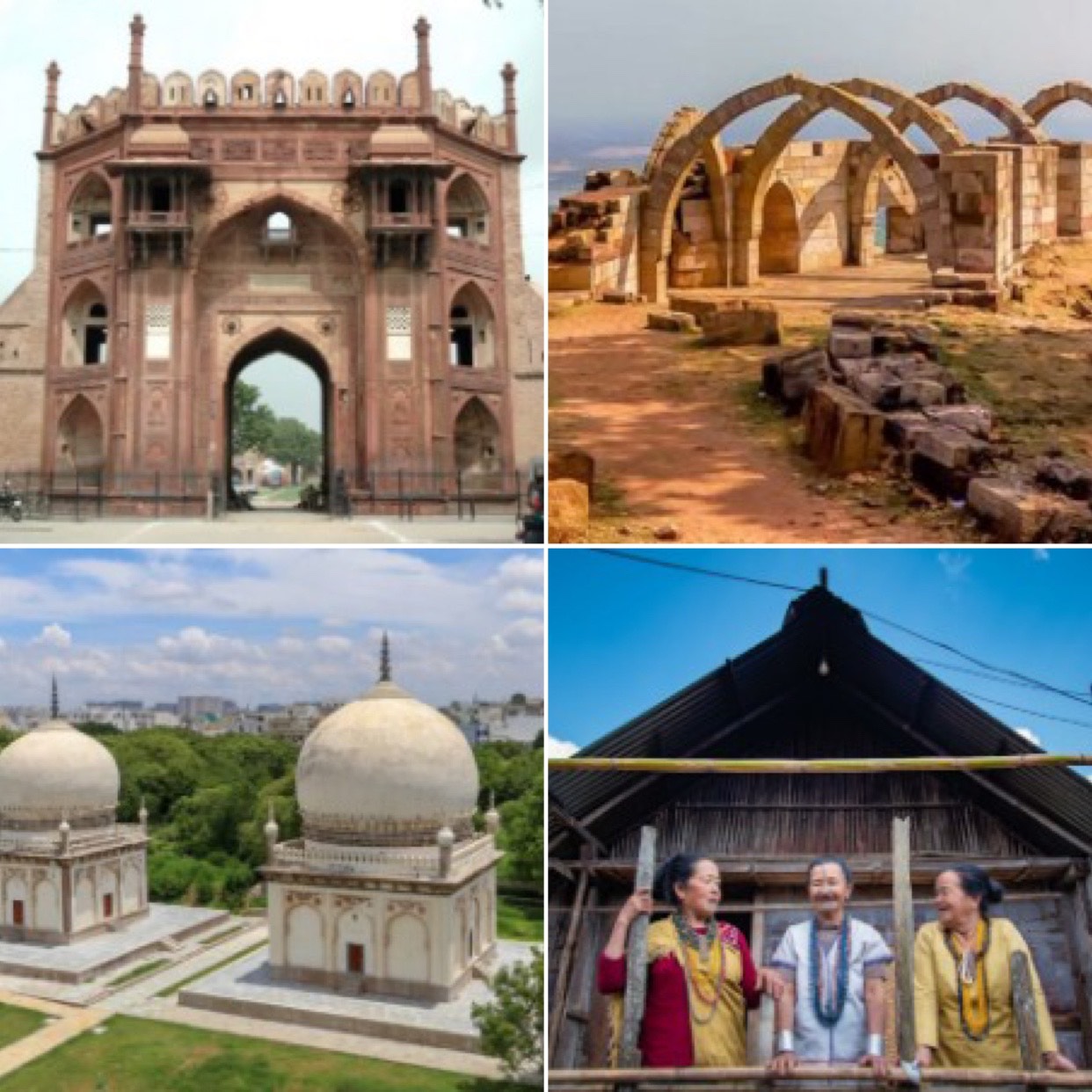


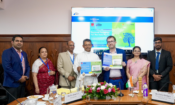



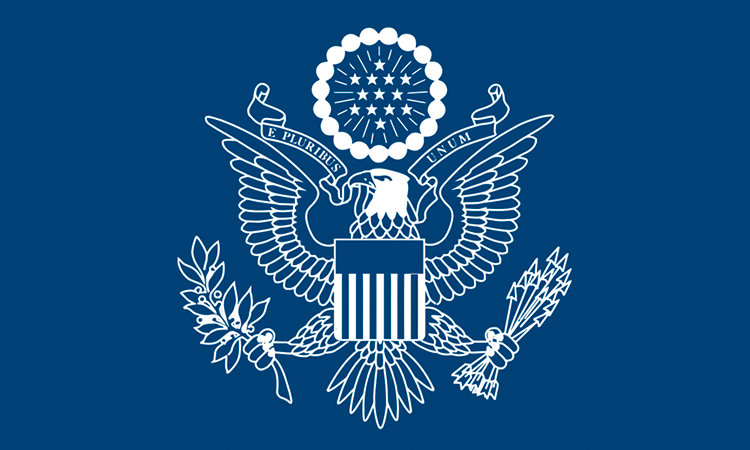
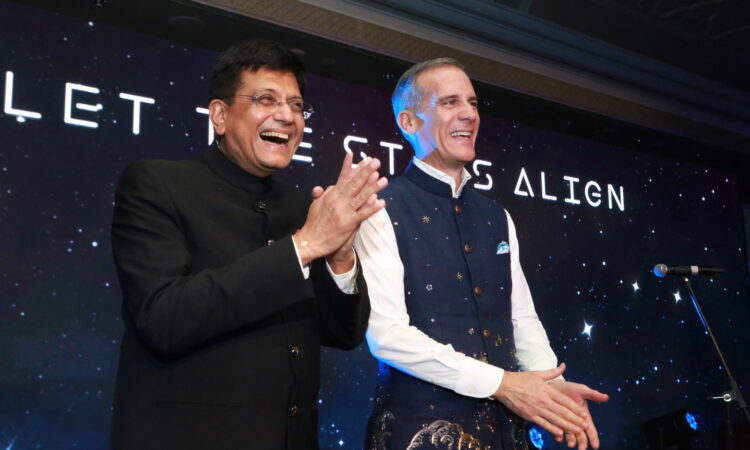
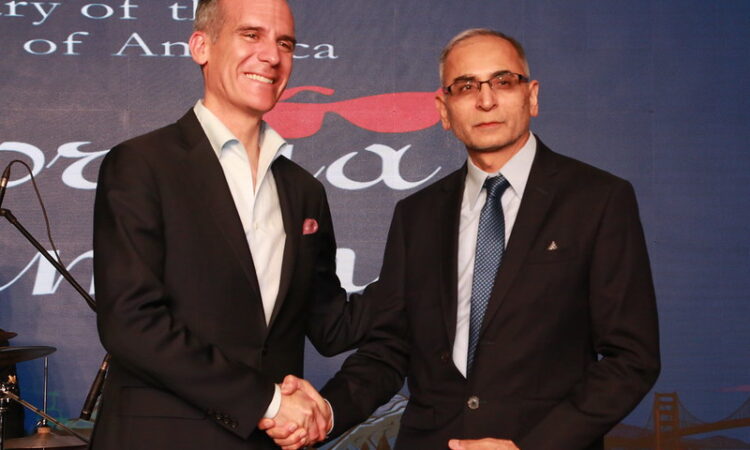

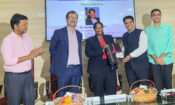
![[L-R] Actor Kamal Haasan, U.S. Ambassador to India Eric Garcetti, Tamil Nadu Minister for School Education Anbil Mahesh Poyyamozhi, and U.S. Consul General in Chennai Chris Hodges celebrate the 248th anniversary of U.S. National Day in Chennai on Thursday, July 18, 2024.](../wp-content/uploads/sites/71/IMG_2546-175x105.jpg)
